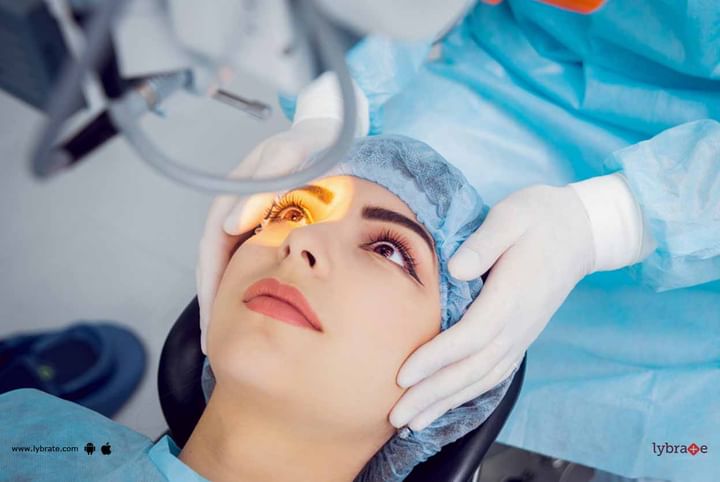Facts About Cataract!
Cataract can be defined as the clouding of the natural lenses in the eyes. This is caused by the clumping of protein in the eye lens. Cataract is a common eye disorder and the leading cause of loss of vision in people who are past their fortieth birthday. Cataract can occur in one or both eyes. When diagnosed properly, cataract can be treated with surgery to prevent blindness.
Depending on where and how they develop, there are many types of cataract. The most common amongst these are:
1. Subcapsular cataract- These occur at the back of the eye lens. Diabetic patients are very susceptible to this kind of cataract.
2. Nuclear cataract- Yellowish-brown cataract that form in the center of the lens are called nuclear cataract. This is usually seen in cataract caused by ageing.
3. Cortical cataract- Cataract in the lens cortex are known as cortical cataract. These are wedge shaped and whitish in color. Spokes protruding out of these opaque wedges can be seen moving towards the center of the eye.
4. Congenital cataract- Though they are not common, babies can also have cataract. Cataract formed at birth or within the first year of a baby's birth are known as congenital cataract.
5. Secondary cataract- Cataract is one of the known side effects of diabetes and glaucoma. Some steroids and medicines are also linked to cataract.
6. Traumatic cataract- If your vision becomes cloudy years after an eye injury, it could be a traumatic cataract. It can take several years for this to happen.
7. Radiation cataract- Exposure to radiation can also lead to cataract. This is seen sometimes in patients who have undergone radiation therapy to fight diseases like cancer.
Though the type of cataract might differ from person to person, the symptoms are usually the same. Some of the common symptoms of cataract are:
1. Blurred vision
2. Reduced night vision
3. Increased sensitivity to light and glare
4. Seeing halos around lights
5. Colors appearing faded
6. Double vision
A reading test is the first step towards diagnosing cataracts. This is followed by tests to measure the eye pressure. Your doctor will also need to dilate the pupil to check the condition of the optic nerves and retina.
Surgery is the safest way to remove a cataract. Surgery is usually recommended when cataract begin inhibiting your daily life such as preventing you from driving, interfering with reading etc.
In most cases, this can be done as an outpatient procedure. The earlier it is diagnosed, the easier it is to treat. Hence, if you notice any of the symptoms mentioned above, get your eyes checked at once. The surgery is a day-care surgery only, so a person can go home the same day.



+1.svg)
